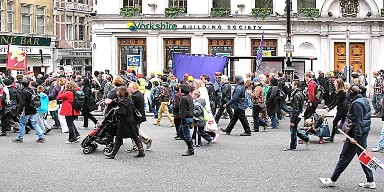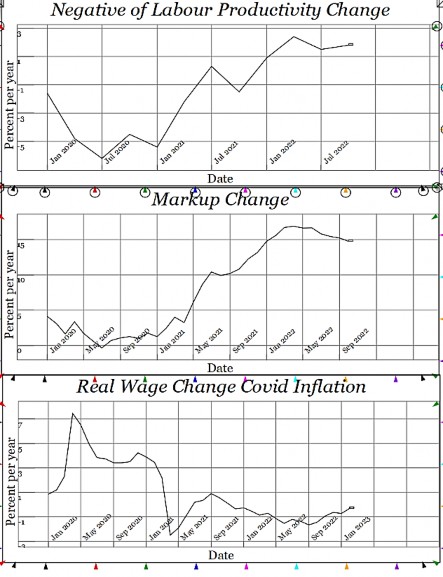Inflation like a red balloon
Steve Keen

Do you know why most of the Central Banks around the world are putting up interest rates?
If you think that it’s “to control inflation” then you’re only half-right.
What they actually think they’re doing is reducing your expectations of inflation.
Because that’s how they think inflation is set: if most people think the inflation rate is going to be 10 percent, then that’s what it will become.
If they can instead make you expect that it will be just 2 percent, then, hey presto, that’s what it will become.
This is, of course, utter nonsense.
If it sounds like Walt Disney’s “If you wish upon a star, your dreams come true” fantasy, rather than science.
That’s because it is.
Only the author of this fairy story was actually Milton Friedman.
But because mainstream economists believe these fantasies, that’s how they try to run the economy, and that’s why they do great harm.
My fellow rebel economists Blair Fix and Isabella Webber have developed much more realistic, evidence-based theories of inflation.
And that’s what I teach in my online Mastermind lecture series along with my own explanation that it’s mainly due to rising markups and falling productivity [Refer to Figure 1].
Rather than workers’ wage rises.
The brilliant mathematician John Blatt wrote in 1982 that:
“ A baby is expected to first crawl, and then walk, before running. But what if a grown-up man is still crawling? At present, the state of our dynamic economics is more akin to a crawl than to a walk, to say nothing of a run. Indeed, some may think that capitalism as a social system may disappear before its dynamics are understood by economists. “
When I first read that thirty years ago, I thought it was a good piece of hyperbole. Now, as we approach ecological crises, thanks in large measure to the bungling interventions of economists, I fear that Blatt might be right. And that is why I invented Minsky, a model and program that allows economists to study the dynamics quickly and easily.
Dr Steve Keen is an Honorary Professor, University College London, and an ISRS Distinguished Research Fellow. He is also an ERA patron.






























